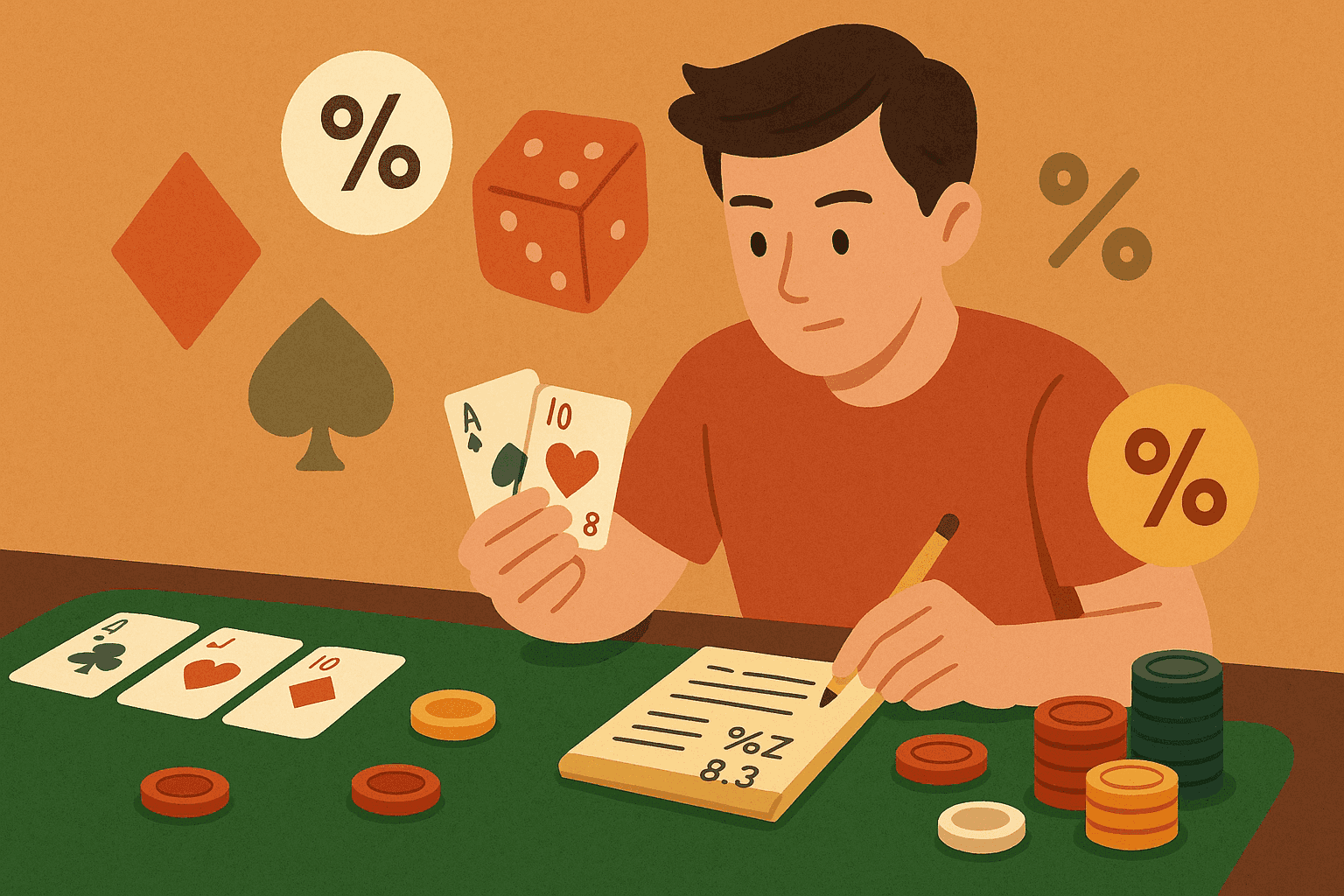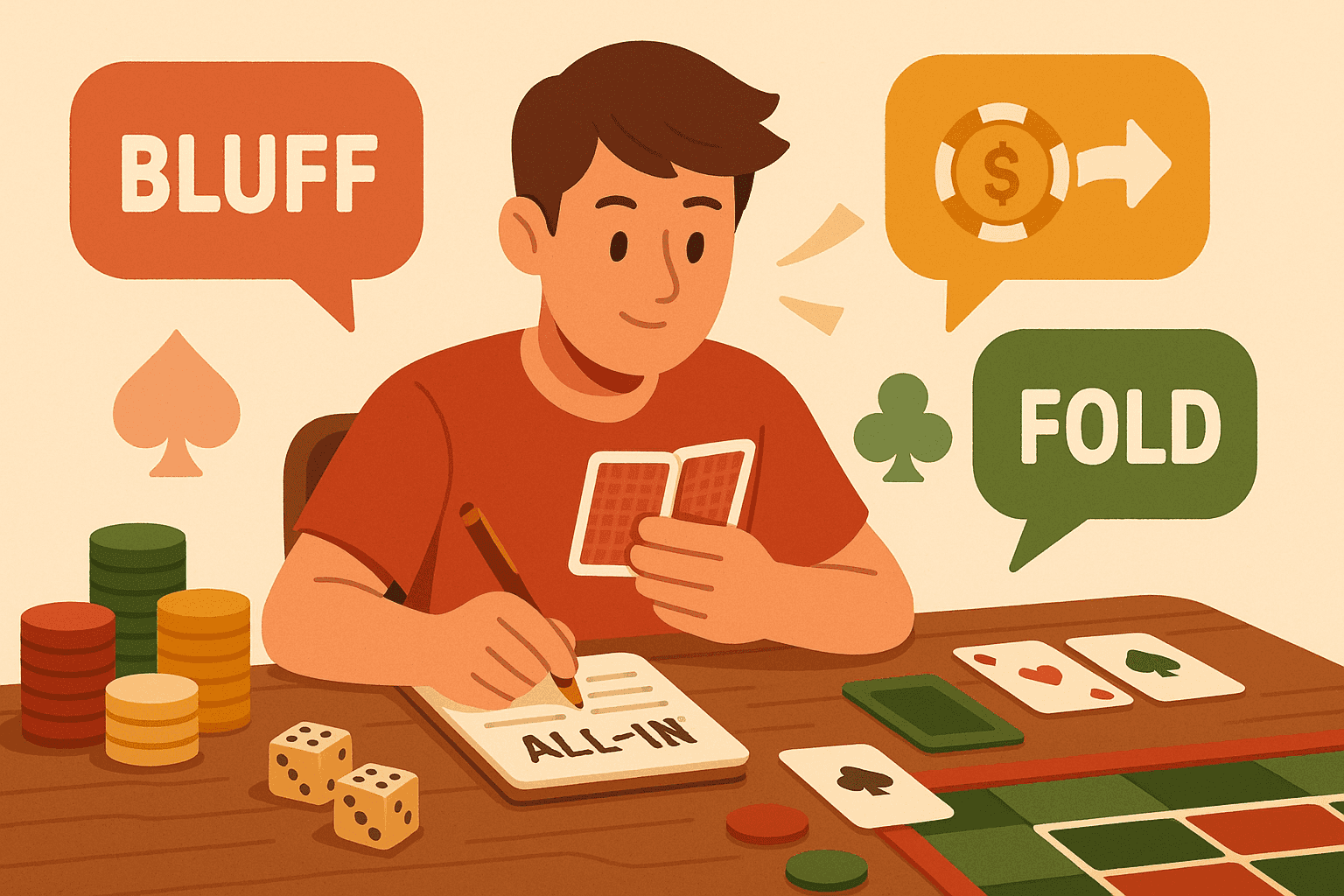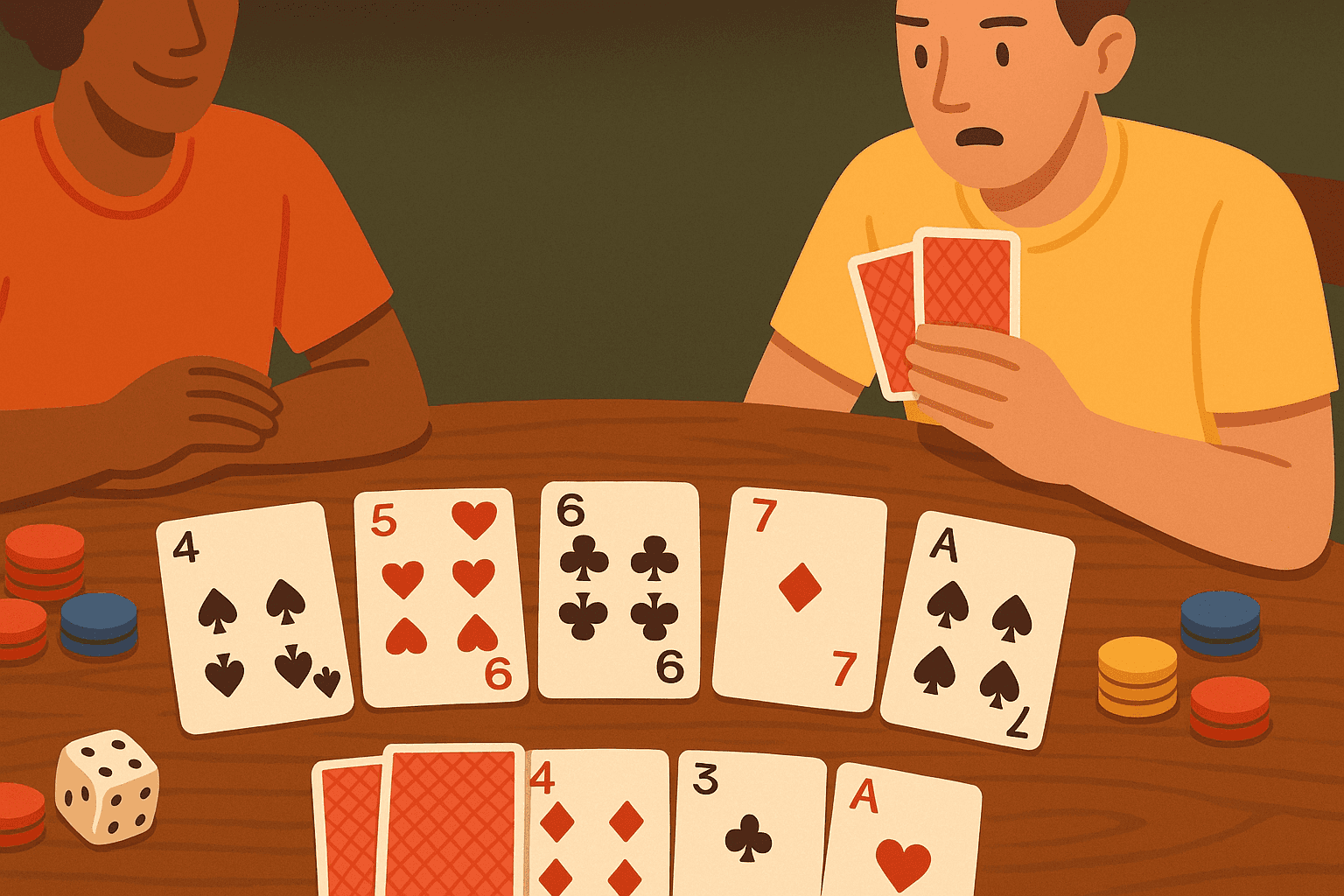
Understanding Poker Odds and Probabilities
Poker is a game of skill, strategy, and chance. While luck plays a role in short-term outcomes, understanding odds and probabilities gives players a significant advantage in the long run. Knowing when to call, fold, or raise becomes much easier when you can calculate your chances of improving your hand. In this beginner-friendly guide, we’ll break down the basics of poker odds, explain outs, pot odds, and winning probabilities - and include a handy table for quick reference.
Created By Adam Davis Fernsby
What Are Poker Odds?
Poker odds represent the likelihood of a specific event happening, such as hitting your flush or being dealt pocket aces. They’re essential because poker is a game of incomplete information - the more you understand your chances, the better your decisions will be.
There are two main types of poker odds:
- Hand odds: The probability of making or improving a hand.
- Pot odds: The relationship between the size of the pot and the cost of calling.
Understanding both helps you evaluate risk versus reward and make smarter plays.
Basic Probability in Poker
Poker uses a 52-card deck, so probabilities are based on combinations of unseen cards. For example:
- The probability of being dealt a pocket pair = 6% (about 1 in 17 hands).
- The chance of being dealt pocket aces = 0.45% (about 1 in 221 hands).
- The probability of flopping a flush when holding two suited cards = 0.84% (about 1 in 119 hands).
These numbers might seem small, but knowing them helps manage expectations and calculate potential profitability.
Outs and How to Calculate Them
What Are Outs?
Outs are the number of cards in the deck that will improve your hand. For example:
- You hold A♥ K♥ and the flop shows 10♥ 7♥ 2♠.
- You have 9 outs (all remaining hearts) to hit a flush.
How to Use Outs to Calculate Odds
An easy formula for beginners is the “Rule of 2 and 4”:
- After the flop: Chance of hitting your hand on the next card ≈ Outs × 2.
- From flop to river: Chance of hitting by the river ≈ Outs × 4.
Example:
- You have 9 outs after the flop.
- Chance to hit on the turn or river ≈ 9 × 4 = 36%.
- If your chance to win is higher than the pot odds, it’s generally a profitable call.
Pot Odds Explained
Pot odds compare the size of the pot to the cost of your call. They tell you whether a call is mathematically profitable.
Formula:
Pot Odds = (Cost to Call ÷ Total Pot After Call)
How to Use Pot Odds
Example:
- Pot = 80 chips
- Opponent bets 20 chips → Pot becomes 100 chips
- Your cost to call = 20 chips
- Pot odds = 20 ÷ 100 = 20%
If your chance of winning (based on your outs) is greater than 20%, you should call.
Common Poker Odds Table
Here’s a quick reference table showing some of the most common poker odds and probabilities:
| Hand / Situation | Outs | Odds to Hit on Next Card | Odds to Hit by River | Approx. Percentage |
|---|---|---|---|---|
| Flush draw (4 suited cards) | 9 | 9 / 47 ≈ 4.1:1 | 1.9:1 | ~36% |
| Open-ended straight draw | 8 | 8 / 47 ≈ 4.9:1 | 2.2:1 | ~32% |
| Inside straight draw | 4 | 4 / 47 ≈ 10.5:1 | 5:1 | ~17% |
| Overcards (2 higher cards) | 6 | 6 / 47 ≈ 7.7:1 | 3.7:1 | ~24% |
| Pocket pair → Set on flop | 2 | 2 / 50 ≈ 22.5:1 | N/A | ~4.3% |
| Flopping a flush (2 suited cards) | N/A | N/A | 118.9:1 | ~0.84% |
| Pocket aces pre-flop | N/A | N/A | 220:1 | ~0.45% |
This table simplifies poker odds so you can quickly estimate your chances during gameplay.
Tips for Beginners
- Focus on common spots first: Learn odds for flush draws, straight draws, and pocket pairs before moving to advanced math.
- Use the Rule of 2 and 4: A quick way to calculate approximate probabilities without a calculator.
- Practice with low stakes: Start small and gradually apply these concepts in real games.
- Combine odds with strategy: Always consider player tendencies, position, and table dynamics.
Conclusion
Understanding poker odds and probabilities won’t make you win every hand - but it will improve your decision-making and help you play more profitably over time. By mastering outs, pot odds, and basic probabilities, you’ll gain an edge over players who rely purely on luck. Practice applying these calculations in real games, and soon they’ll become second nature.


